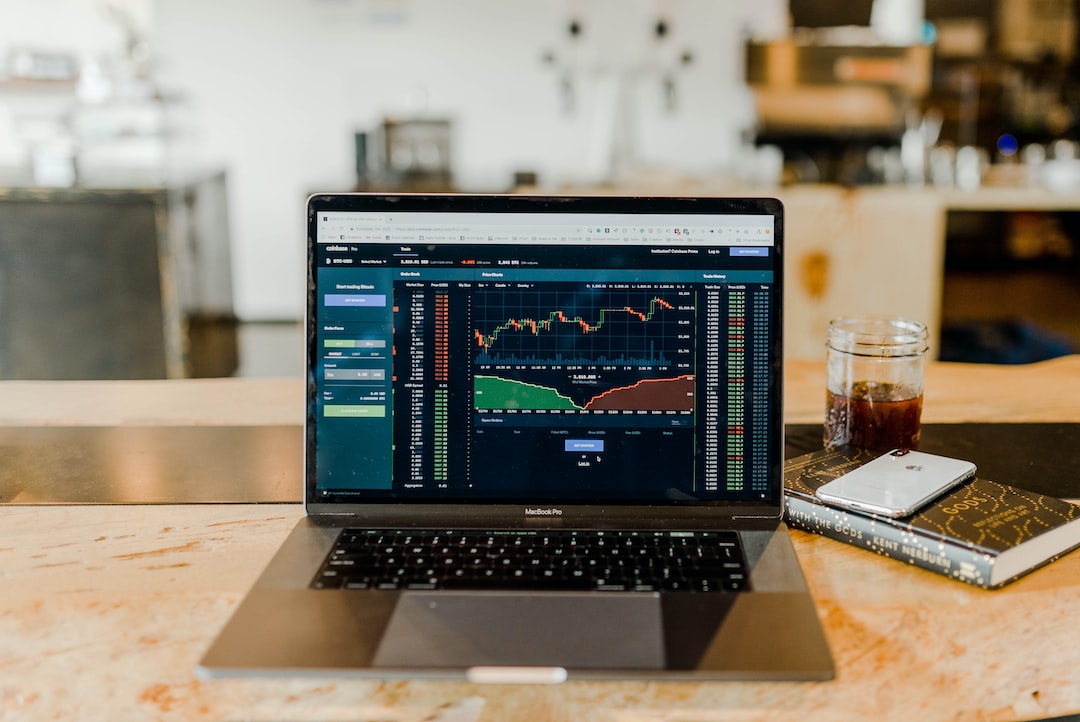The leverage ratio in forex trading is a powerful tool that allows traders to increase their potential profits by borrowing funds from their broker. In simple terms, leverage is the amount of capital that a trader can control with a smaller amount of their own capital. It is expressed as a ratio, such as 1:50, 1:100, or even 1:500, indicating the amount of leverage that a broker is willing to provide. In this article, we will explore the concept of leverage in forex trading, its benefits and risks, and the factors that affect it.
Understanding Leverage in Forex Trading
The use of leverage in forex trading is a common practice, and it is one of the reasons why this market is so attractive to traders. The primary advantage of leverage is that it allows traders to open larger positions than they would be able to with their own funds. For instance, if a trader has a leverage ratio of 1:100, they can control a position worth $100,000 with only $1,000 of their own capital.
The leverage ratio determines the amount of margin that a trader needs to hold in their account to open a position. Margin is the amount of money that a broker requires a trader to deposit as collateral to cover any potential losses. The margin requirement is expressed as a percentage of the position size, and it varies depending on the leverage ratio and the currency pair being traded.
For example, if a trader wants to open a position worth $100,000 on the EUR/USD currency pair and their leverage ratio is 1:100, they will need a margin of $1,000 (1% of the position size). If their leverage ratio is 1:50, they will need a margin of $2,000 (2% of the position size). The higher the leverage ratio, the lower the margin requirement, which means that traders can open larger positions with less capital.
Benefits of Leverage in Forex Trading
The primary benefit of leverage in forex trading is the ability to increase potential profits. With a higher leverage ratio, traders can open larger positions and make more significant gains if the trade goes in their favor. For instance, a trader who opens a position worth $100,000 with a leverage ratio of 1:100 and makes a profit of 1% will earn $1,000. If the same trade were made without leverage, the profit would only be $100.
Another advantage of leverage is that it allows traders to diversify their portfolio and take advantage of multiple trading opportunities simultaneously. With a limited amount of capital, traders may not be able to open positions on multiple currency pairs or trade different instruments, such as stocks or commodities. Leverage enables traders to spread their risk across multiple trades and potentially increase their returns.
Risks of Leverage in Forex Trading
While leverage can increase potential profits, it also amplifies potential losses. If a trade goes against a trader, they can lose more than their initial investment. For instance, if a trader opens a position worth $100,000 with a leverage ratio of 1:100 and the trade goes against them by 1%, they will lose $1,000, which is equal to their entire margin. If the leverage ratio is higher, the potential loss will be even greater.
Another risk of leverage is that it can lead to overtrading and emotional decision-making. When traders have access to a large amount of capital, they may be tempted to open more positions than they can handle, which can lead to poor decision-making and increased risk. Additionally, traders who use high leverage ratios may be more prone to making emotional decisions, such as holding onto losing positions for too long or chasing after profits.
Factors That Affect Leverage in Forex Trading
The leverage ratio that a trader can access depends on several factors, including their account type, broker policies, and regulatory requirements. In general, traders with larger accounts and a proven track record of successful trading may be able to access higher leverage ratios than those with smaller accounts or less experience.
Brokers also have their own policies regarding leverage, which may be affected by market conditions, volatility, and liquidity. During periods of high volatility or low liquidity, brokers may reduce the leverage ratio or increase the margin requirement to protect themselves and their clients from potential losses.
Regulatory requirements also play a significant role in determining the maximum leverage ratio that brokers can offer their clients. In the United States, for example, the maximum leverage ratio for retail forex traders is 1:50, while in Europe, it is 1:30. In other regions, such as Asia and the Middle East, the maximum leverage ratio may be higher.
Conclusion
In conclusion, the leverage ratio in forex trading is a powerful tool that allows traders to increase their potential profits by borrowing funds from their broker. While leverage can increase potential returns, it also amplifies potential losses and can lead to overtrading and emotional decision-making. Traders should carefully consider their risk tolerance and trading strategy before using leverage and ensure that they understand the risks and benefits involved.





